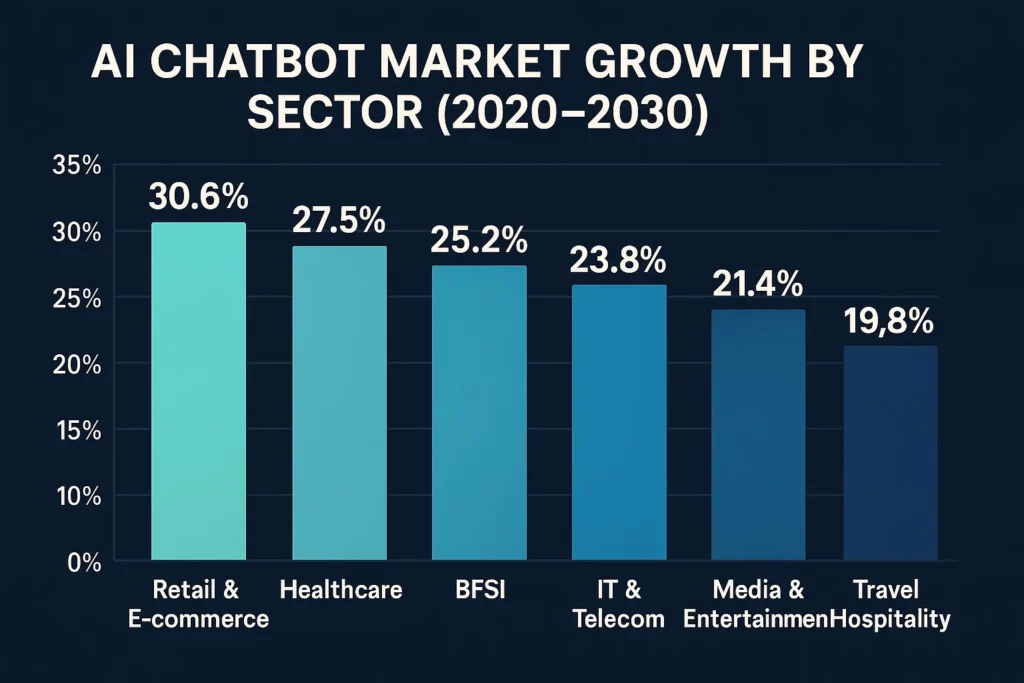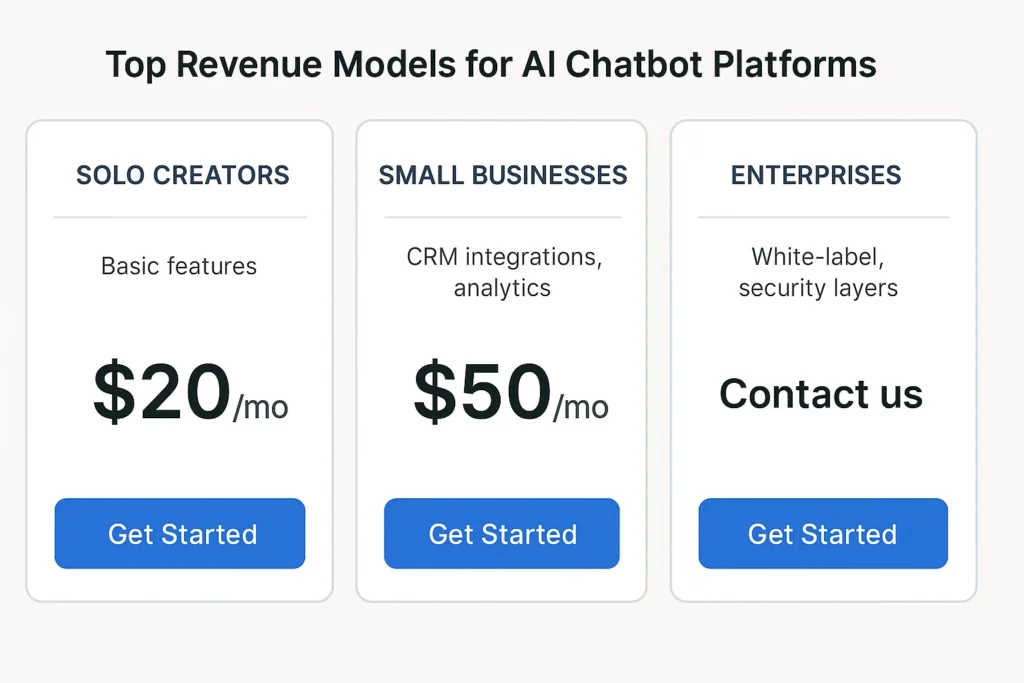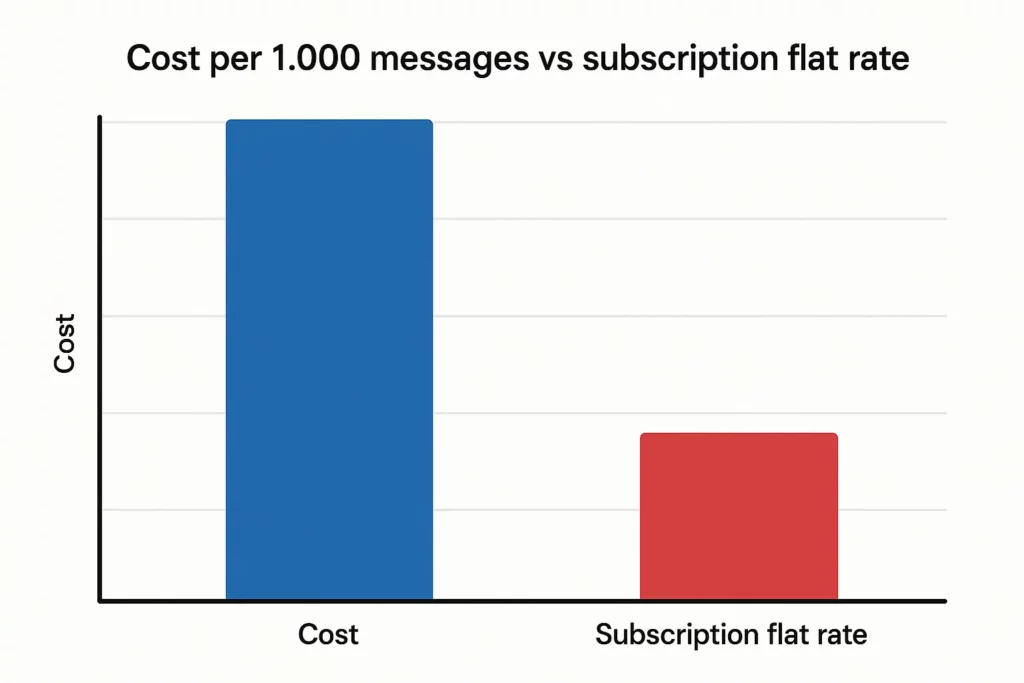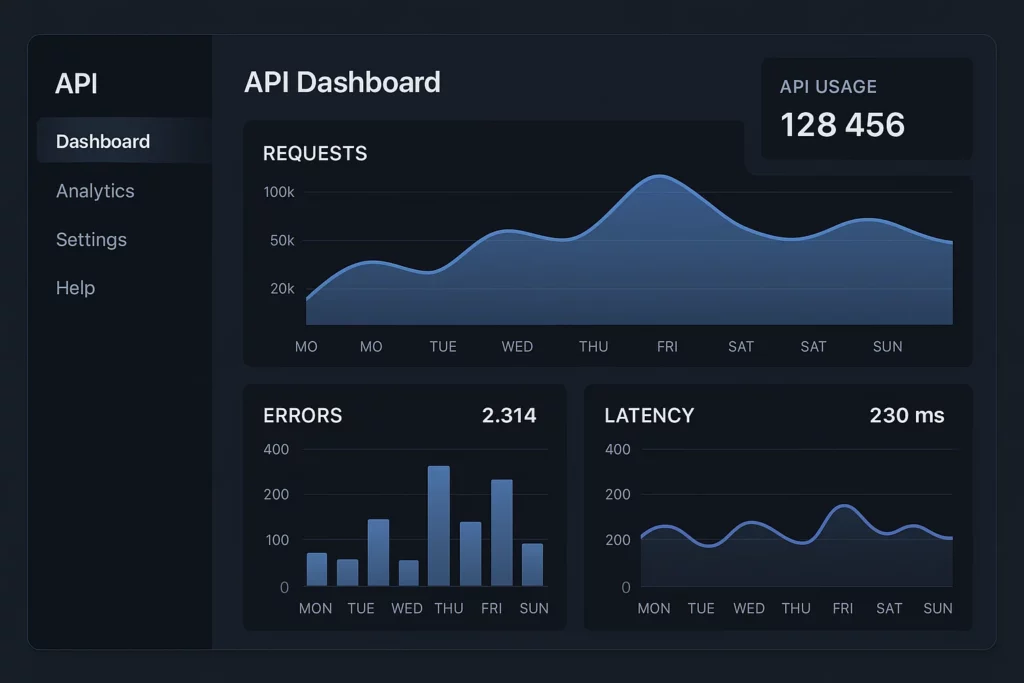Ever had that “what if this could talk back” moment with your app idea? Well, you’re not alone. AI chatbots are the digital genie startups have been dreaming of — and guess what? That genie prints money. From bootstrapped side hustlers to unicorn-chasing founders, everyone’s whispering the same thing: “How do I make this thing pay?”
Let’s get real. We’re no longer in the era of cute chat pop-ups that ask, “How can I help you today?” AI chatbots are now powerhouses — automating support, boosting sales, and creating entire user journeys without breaking a sweat. And here’s the kicker: there’s a buffet of ways to monetize them, no matter your niche.
Whether you’re building a mental health companion app, a productivity bot, or a SaaS support sidekick — your platform can earn while it chats. And if you’re thinking about launching a chatbot app clone or something even bolder, Miracuves is the partner to help you build it fast and smart.
Why AI Chatbots Are a Monetization Goldmine
The global chatbot market is booming — expected to hit $27 billion by 2030 according to Statista. Why? Because bots don’t sleep, don’t ghost your customers, and can handle a thousand chats at once without asking for a raise.
They’re not just glued to one sector either. From online pharmacies dishing out virtual advice to e-commerce stores closing sales mid-chat, bots are spreading across every industry like caffeine on a Monday morning. Think banking, healthcare, edtech, even NFTs — chatbots are the unsung workers of the web.

Also Read :-How to Market an AI Chatbot Platform Successfully After Launch
Top Revenue Models for AI Chatbot Platforms
1. Subscription-Based Plans
Ah, the good ol’ reliable. Like Netflix for bots. Users pay monthly or annually based on features, integrations, or usage volume. Startups love it because it offers predictability. You can create tiers for:
- Solo creators (basic features)
- Small businesses (CRM integrations, analytics)
- Enterprises (white-label, security layers)
Examples: Intercom, Drift, Tidio

2. Pay-Per-Conversation or Usage-Based
For the “I only want to pay for what I use” crowd. Every chat session, message, or API hit is billable. This works great if your users have unpredictable traffic but need scalability.
It’s like the “pay-as-you-go” model from phone plans — low commitment, high flexibility.
Examples: OpenAI (tokens), Twilio (per interaction), ManyChat (active subscribers)

3. Lead Generation & Affiliate Commissions
Now we’re talking smart money. Your chatbot collects leads and passes them to high-ticket partners — think insurance, education, legal, SaaS.
Bonus: You can auto-suggest affiliate products mid-chat — turning conversations into commission checks.
Examples: Mortgage chatbots, fitness gear bots, course recommenders
Learn More :-AI Chatbot Platform Business Models: From Idea to Income
4. White Label Licensing
You build the brains. Others slap on their brand.
Agencies, marketing firms, and niche entrepreneurs LOVE this model. You offer a license to resell the chatbot platform under their branding, often with a generous markup.
Use case: A digital agency sells “its own” customer service bot to local restaurants — all powered by your engine.
This is SaaS with a reseller twist — and it scales like wildfire.
5. Ads & Sponsored Responses
Yes, even bots can hustle ads. Insert dynamic ad snippets inside chatbot flows — a sponsored hotel in a travel bot, a recommended supplement in a wellness bot.
Must be tasteful. Spammy bots = bye-bye users.
Example: ChatGPT plugins or Siri-style voice assistants with branded content
Bonus Point: Sponsored bots (branded utility bots) are also a thing now.
6. Data Monetization (Ethically, Of Course)
Your bot sees and hears everything (metaphorically). Anonymized behavior patterns, sentiment data, and trend graphs are valuable to marketers and brands.
BUT — and it’s a big but — privacy compliance is everything. GDPR, CCPA, and your user’s trust must be top-tier.
7. API Access for Developers
If you’ve built a chatbot engine worth bragging about, let others plug into it. Charge for API calls, offer SDKs, and build a developer ecosystem.
This is how tools like ChatGPT plugins, Hugging Face, and Dialogflow created their mini-universes.
Examples: Developer portals with usage tracking, rate limits, billing dashboards

Bonus: Hybrid Monetization Works Like Magic
The most successful platforms mix and match.
- Subscription + affiliate (Think: a creator tool that also recommends gear)
- Freemium + usage (Like a bot that’s free up to 500 messages/month)
- White label + API access (Let agencies resell, while devs build on top)
Storytime: A bootstrapped founder launched a mental wellness chatbot with freemium access, added a few affiliate links to journals and therapy services, then sold custom dashboards to health coaches. Triple-dipped success.
Build a Revenue-Ready Chatbot with Miracuves
You’ve got the business model. Now you need the tech that doesn’t crash or bore your users. That’s where Miracuves steps in. Whether it’s building a ChatGPT clone, a SaaS dashboard, or a multi-tenant white label platform — we make sure it’s sleek, scalable, and revenue-optimized from day one.
Read More :-How to Develop an AI Chatbot Platform
Conclusion
AI chatbots aren’t just the future — they’re a cash cow waiting to be milked. Whether you’re a startup founder, side-hustler, or serial techie, there’s a revenue model (or five) with your name on it.
As platforms get smarter, monetization will only get more creative. Now’s the time to stake your claim.
At Miracuves, we help innovators launch high-performance app clones that are fast, scalable, and monetization-ready. Ready to turn your idea into reality? Let’s build together.
FAQs
Can I monetize a chatbot on WhatsApp or Telegram?
Yes! Both platforms support chatbot integrations, and you can charge for services, leads, or subscriptions.
How much does it cost to build a chatbot platform?
Depends on features, scale, and integrations — but MVPs can start at a few thousand dollars. Miracuves can help tailor a quote.
What industries benefit most from chatbot monetization?
E-commerce, healthcare, fintech, and education are leading the pack. But honestly, there’s a use case in nearly every niche.
Is user data monetization legal?
It can be — if anonymized and compliant with privacy laws like GDPR and CCPA. Transparency is key.
What’s the best pricing model for a B2B chatbot?
Subscription plus API access is a killer combo. It ensures steady income while enabling scale.
How to add affiliate marketing into chatbot flows?
Use keyword triggers to suggest products, or integrate affiliate links into contextual chat responses. Track clicks with UTM tags.








